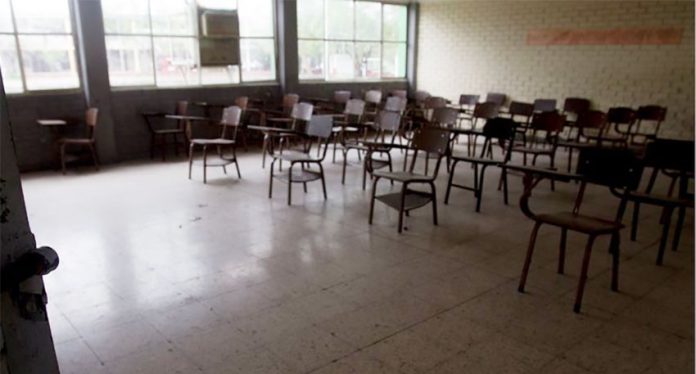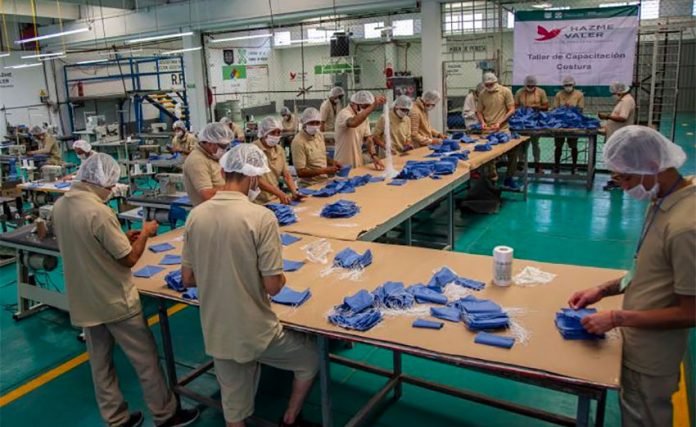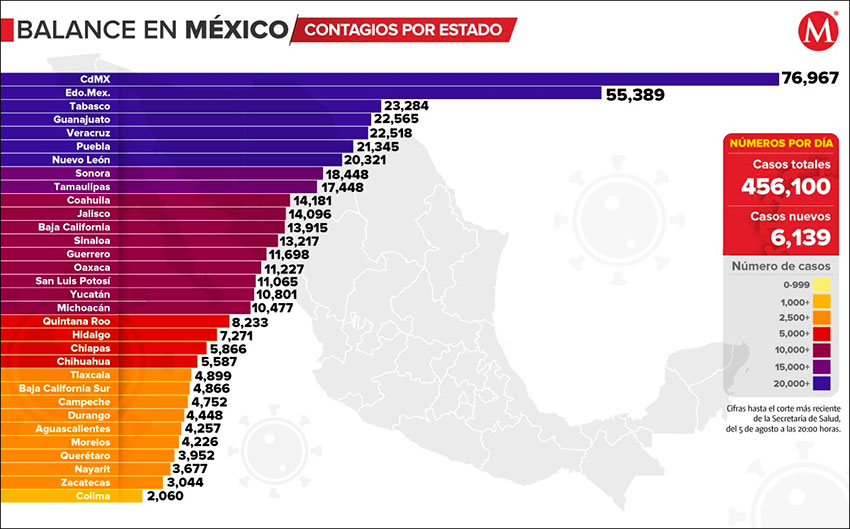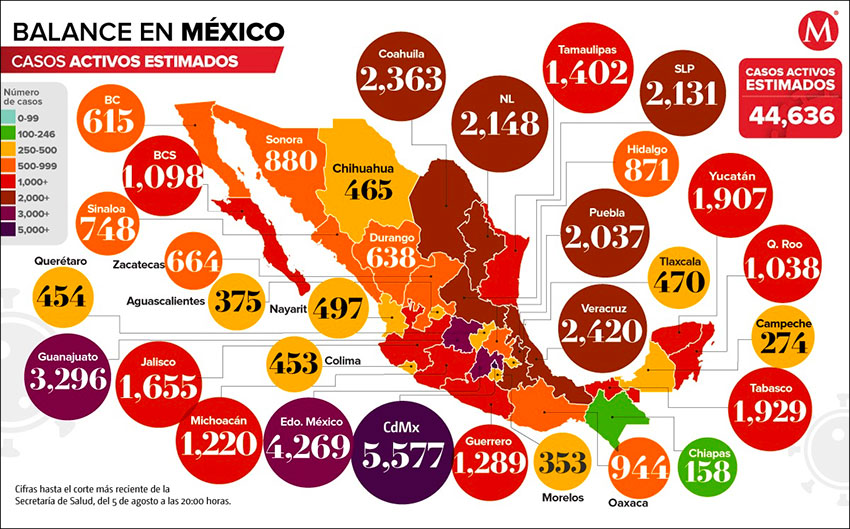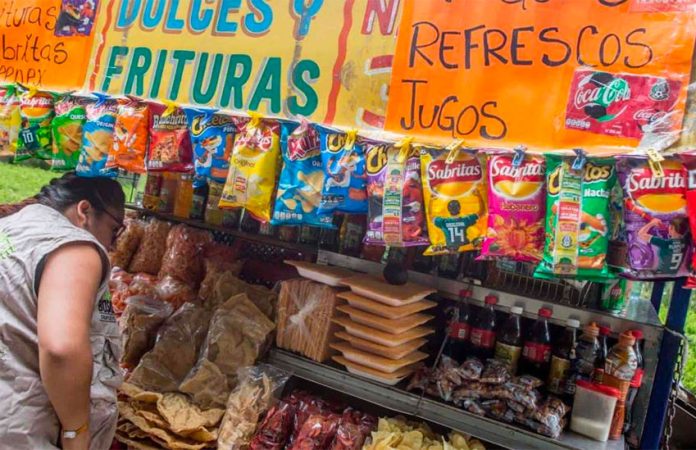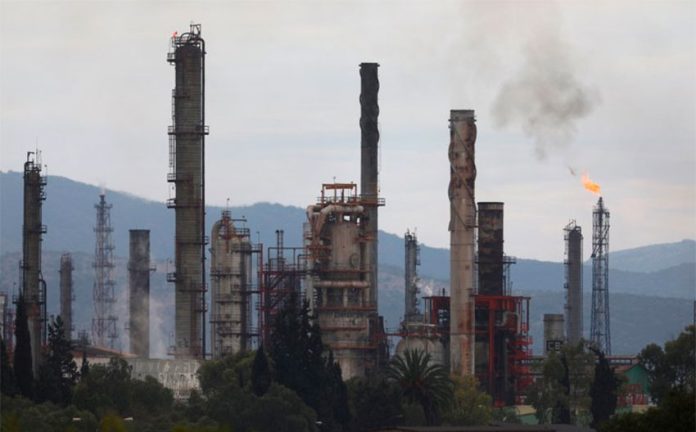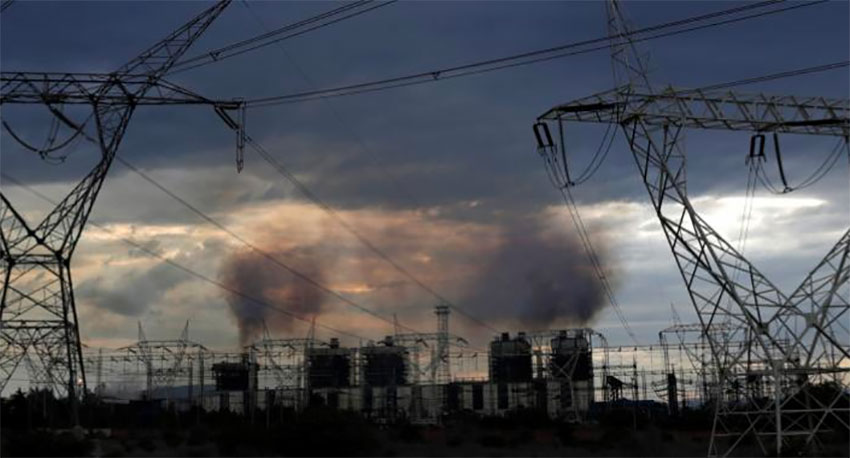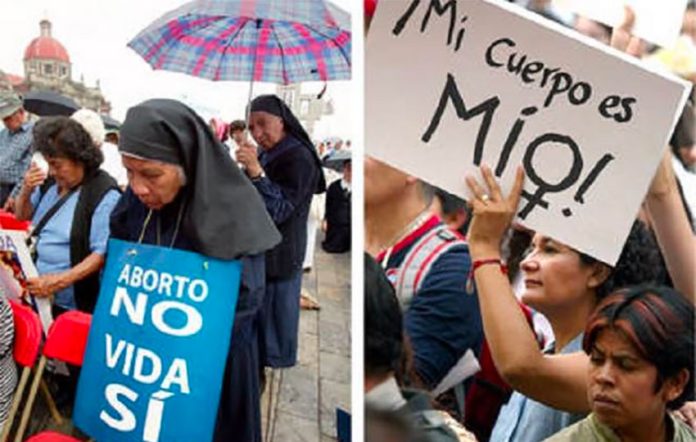“What can happen with this bed when I’m done?” Michael asked. He referred to his hospital bed, in the home of his friend and nurse, Becca.
Here, in San Cristóbal de las Casas, Chiapas, 71-year-old American expat Michael Luten is living his last few months in peace and hard-fought comfort, with friends, caregivers, and an unwelcome but accepted stage 4 cancer.
Spending his final days in Mexico wasn’t planned. It evolved organically as Covid-19 wrecked his return to the U.S., his health declined rapidly, and the right people wanted to help.
Michael had been here 18 months, having chosen to spend his retirement traveling and writing after a 30-year career in medical transcription. After some time in southern Mexico, he settled in San Cris. “It had the right feeling. I connected with people,” he said. He made several friends, some who would become a deeper part of his story.
As a 10-year cancer survivor, Michael regularly returned to the VA Hospital in El Paso, Texas, for cancer management. His February visit brought startling, yet one-day-expected news. “They found lesions on my lungs.” Michael returned to San Cris, the place he loved, and would return to Texas for care when needed.
By April, cancer had spread through his foot, and Covid-19 had dramatically changed travel. “My wheelchair assistance flights were canceled three times, and my caregiver friend I planned to stay with got pneumonia.” Meanwhile, his health worsened.
He asked Becca Titus, an American RN who had become a dear friend, to drive him to the New Mexico border, where another friend would meet them. Eager to support, she considered the physical care required on the journey. Michael became worried about the Covid exposure this trip would risk for those helping. Becca’s nurse-heart compelled her to attempt a different solution.
Having lived in San Cris on and off for five years, Becca had made friends through expats and locals having gravitated toward others in the healthcare world. She met Shoshana, an American RN with 25 years’ hospice experience. Shoshana knew Karin, a Swiss former palliative care nurse now doing massage therapy.
Together, the three discussed meeting Michael’s needs and decided to go for it. “We had a video ‘intervention’ to convince Michael to stay here where we could care for him, learn from his positive and peaceful resolve, and help with his passing. Providence did the rest!” Becca said.
They recruited others and now provide 24-7 care from Becca’s home. “It’s specialized work,” she says. “Karin’s massage helps Michael’s moods and appetite, so she’s teaching us. Nurse Rocio’s Mayan tinctures diminished his leg cramps. Shoshana’s hospice experience invaluably helps navigate the end-of-life stages and family and caregiver emotions.” Kino, Michael’s friend, grew into a skilled caretaker within weeks.
“It’s amazing how we’ve all been put in each other’s paths. Michael has a magnetism that has drawn people together.”
Michael’s physical condition has deteriorated, but his mind remains sharp. His ever-present humor comes out in frequent jokes, poking fun at himself and the world. He drives lively conversation about old movies, music, and U.S. politics. To engage in Michael’s passionate discussions, Kino began watching U.S. news and now laughs along with Michael’s wish “to live just long enough to see the orange-faced monster [Donald Trump] lose.”
In Chiapas, there isn’t hospice. Family tends to care for family, driven by culture and economics. “While dying at home is preferred, nursing homes and hospice care are also rare due to lack of funds,” says Kino. Given his new experience, he feels end-of-life care in Mexico could be easier. “Families improvise, which is difficult. We don’t need locations. We need training.”
Hospice also requires acceptance of death, which families can be reluctant to discuss. “Care focuses on keeping the person alive, rather than on comfortably passing,” Shoshana says. Still, locals knowing her background reach out for advice. “Though hospice services are not in high demand, there is need. For expats, it would be wonderful to get the end-of-life care wanted, without having to leave.”
That’s why Michael’s care coming together is so special. With no established path, they created it. Numerous challenges required improvisation and community support. For instance, Covid rendered oxygen equipment scarce, but a month of persistent phone calls from Tatiana, a local friend, finally produced a rental oxygen concentrator.
Arranging for a swift and natural burial, required for Michael as a Baha’i devotee, also proved difficult in a place where formal burial is the norm. Finally, a friend’s mortician agreed to honor his wishes.
Overall, the most critical challenge has been pain medication. Though morphine is commonly used for palliative care in the U.S. and elsewhere, it’s nearly impossible to get in Mexico. “Doctors avoid prescribing opioids, for fear of causing death or shortening life,” Karin explained.
Tatiana’s persistence again came through, Becca explained. “Through a network of friends and tireless, discerning calls to rule out fraudulent suppliers, she made a trusting relationship with one of two local doctors who dispense morphine.”
Obviously, this level of highly skilled home care requires funds. Though Michael’s American-saved dollars enable this, it was never the plan. Michael tried hard to return to the U.S., and though it didn’t work out, he’s happy with the outcome.
There, Covid protocols would have made hospice a lonely, quarantined existence. The savings that would have paid the U.S. facility instead go to a community of talented and warm expats and local people. They enjoy the work, and Michael is an easy patient who participates in his care. The difficulty will instead come after he’s gone.
While Michael has long owned that he’s dying, the relationships with his caregivers deepen every day. For Kino, the hardest part of this work is caring for someone who will not get better. Though saddened, he says, “Michael has a lot to teach others in how he’s confronted his mortality. I asked how he considered his life. He answered plainly — ‘I’m a lucky guy.’”
Reflecting gratefully on all they had done, Michael asked, “What can happen with this bed when I’m done?” His epiphany came. The bed, and everything and everyone that goes with it, should help someone else. This type of end-of-life care can be available for others like him.
He plans to leave the medical equipment and supplies for future use, as well as financial support. Though exhausted, he has dedicated energy to getting this story told. “I want to sustain their ability to continue. People should know this is an option. It would be a shame to lose what we learned. I was the catalyst for something, and I want to leave this behind.”
Michael proclaims this with conviction. He’s proud of his team’s work and believes it can serve others. He wants this as his legacy.
